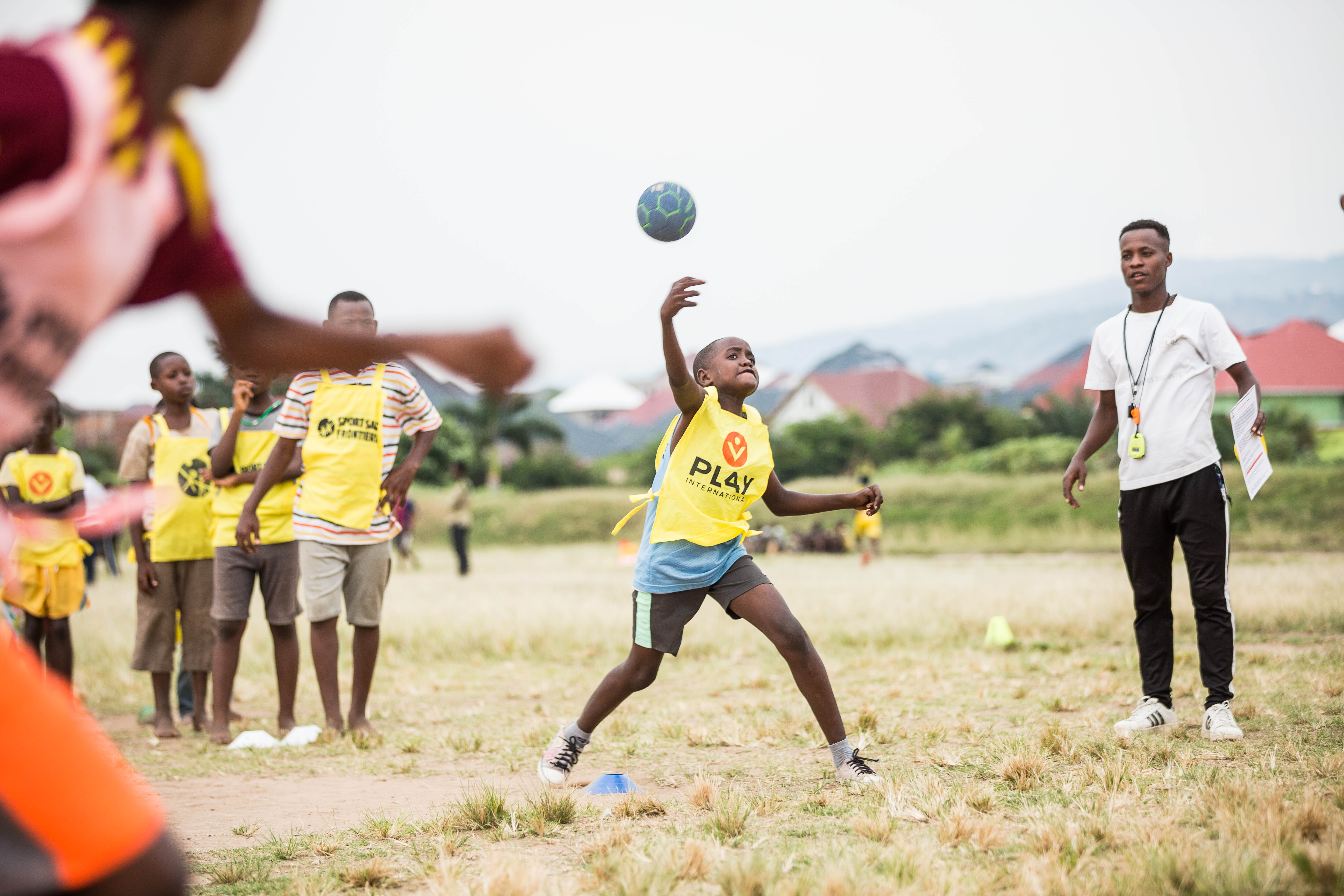The objective of the EJO action-research project is to analyze the socio-educational effects of PLAY International's EJO Education Through Sport program.
Impact
Key figures
3
69
3

The action-research approach
Action-research is a method that links field actors and the world of research in a collaborative approach at the service of the project carried out.
This collaboration makes it possible to methodically study the entire project: the initial context, the implementation of the activities as well as their effects on the beneficiaries and their environment.
Analyze the socio-educational effects of the EJO program
Eléa Chiron, doctoral student at the VIPS² laboratory, has the mission to analyze the socio-educational effects of the EJO program on 3 levels:
1. the socialization effects produced on the children (8 to 12 years old) participating in the program
2. the effects of changes in education and teaching practices among local educational actors
3. on the mobilization and commitment of partners around the sport tool (schools, institutions, funders, associations, political leaders, communities) by analyzing the effects of development and structuring of the education sector around physical and sport practices.
For three years, in three countries - Kosovo, Burundi, Senegal - Eléa will monitor and observe the evolution of 69 school and out-of-school sector respondents: children, facilitators and teachers, as well as operational and institutional partners.
Semi-directive interviews, field observations of activities, training observations, ethnographic immersions are the different scientific methods used to carry out this qualitative analysis
The originality of this evaluation?
This action-research aims to go beyond the evaluation approach, which is based on a binary mode of analysis in terms of functioning/dysfunctioning, to focus on an analysis of the educational processes understood as components of socialization in order to grasp the mechanisms provoked in the children who participate in the program.
The empirical work carried out throughout the program and not at the end, gives it a relatively new character.
Finally, this evaluation carried out both on the children participating in the program and on the "ecosystem" of actors likely to support the program makes it possible to link often separate levels of analysis.
 FR
FR EN
EN